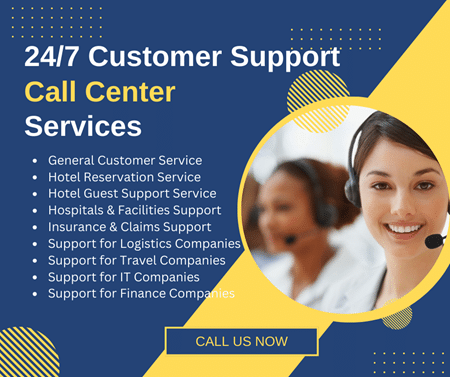Measuring the ROI isn’t rocket science. But it can be telling—especially if you’re outsourcing inbound outsourcing inbound call center services. Often, the benefits greatly exceed the money invested—making it well worth the effort for many SMBs. Call center technology is one reason why the ROI is often above average. Call center technology has radically changed call center operations, helping to improve customer satisfaction, reduce costs, and boost performance. What hasn’t changed over the years is negotiating a contract. Negotiating your way through this maze is a challenge—even if you have good negotiating skills. It also helps if you have your house in order. Below are 10 things you should know before contract negotiation starts:
1. Strengths and weaknesses of the existing approach
Know your current approach’s strengths and weaknesses. Then determine what services you want to give out and what services you want to retain. This information can help you determine your project’s long-term goals.
2. Identify your expert team
Know who will comprise your expert team. Its members can guide you through the project — especially if this is your first time. Include both internal and external experts on the team and make sure external experts have specialization in this domain.
3. Know your cost structure
Estimate the future costs of your project. These include manpower, hardware, software, and new equipment. What will it take to update, maintain, operate, and control these resources for the life of the project?
4. What do you want from the service provider
Know exactly what you want before going into negotiations. Many SMBs don’t know what they want going in and they pay the price for it. Better yet, know what you want from a provider before issuing an RFP. It saves time and money.
5. Know what type of contract you want
Do you want to negotiate a traditional service level agreement (or outcomes)? Or do you want to negotiate a business-level agreement (or outcomes)? Many SMBs are opting for the latter these days. Know the difference between the two and the benefits of each.
6. Decide on a pilot program
Know if you need a pilot program. With a pilot program, you can select an important piece of the puzzle, and then test it out. Pilot programs can also help you work out “relationship kinks” with your provider.
7. Know the status of your documentation
You should update your documentation before starting negotiations. Unfortunately, most SMBs rarely do. Or, they’ve updated existing documentation but not in enough detail. It’s a major mistake that can trip up your service provider.
8. Know the resources you’ll need
Know the kind of resources you’ll need for this project and the skill sets they provide. Also know what training you’ll have to provide to enable your team to forge a productive, mutually satisfying relationship with the service provider.
9. Identify the infrastructure you’ll need
Know what infrastructure you will need to make it work. These resources may include new applications, hardware that must be updated, software that must be modified, and applications that must be discontinued.
10. Determine what you’ll be contracting
Know exactly what you’ll be contracting—help desk support, tech support, inbound call center services,. Also know if you’ll use a phased in approach for the services before starting contract negotiation.
The ROI on outsourcing often exceeds the investment. But to generate a healthy ROI, you must be solid at contract negotiation with your service provider.
Knowing the 10 things listed above before starting contract negotiation can help you create a solid contract — one that benefits both you and the service provider.
Experience the excellence of our help desk outsourcing services tailored for small and medium-size companies. Put our proven expertise in providing tech support to work for you today. Reach out to our sales team and request a quote.







